The use of CGI as a medium in film, television, and video games is becoming ever more common, so much so that when we watch a film, we often don’t realise which elements have been created by computer graphics (CGI) since the editing is so seamless. Of course, there are many examples of CGI in movies where it is clear that the graphics are computer generated, such as in any modern-day superhero or disaster movie.
But when and how did CGI become such a major part of film production?
In this blog post, we will explore the world of CGI, its history, and its uses in film and television.
What is CGI?
CGI stands for Computer Generated Imagery. It refers to the use of computer graphics to create images, animations, and special effects. CGI has become an essential part of the entertainment industry, enabling filmmakers and animators to create almost anything they can imagine.
CGI is used to create both realistic and fantastical images and special effects. From the creation of lifelike digital characters to the recreation of historical events, CGI technology has opened up new possibilities for filmmakers and storytellers alike.
When was CGI invented?
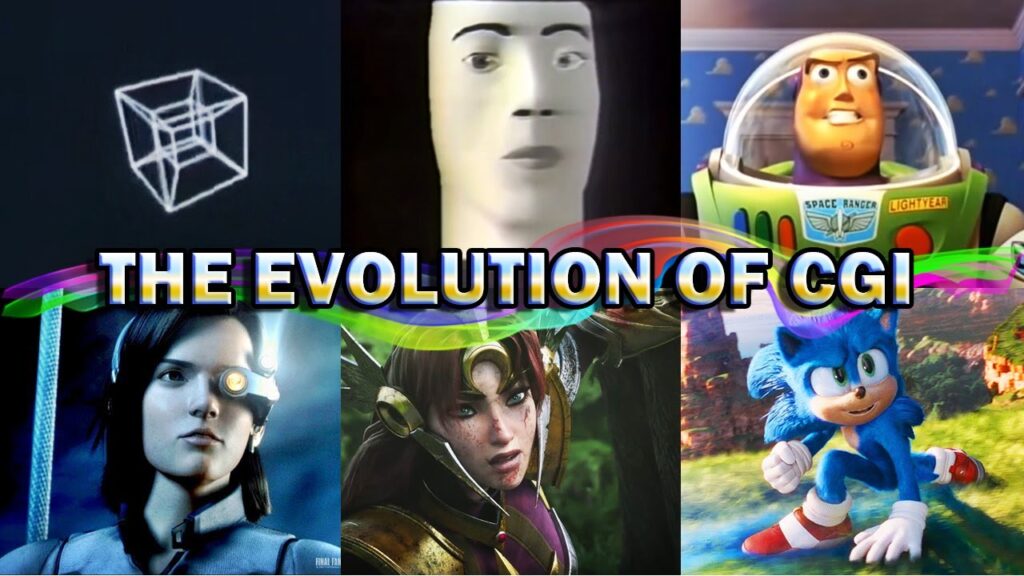
The origins of CGI can be traced back to the 1950s, when computers were first used to create simple graphics. In the 1970s and 1980s, computer graphics technology began to advance rapidly, making it possible to create more complex and realistic images.
The first film to use computer graphics was “Westworld” in 1973, which used simple CGI to create a digital hand. However, it was not until the release of “Tron” in 1982 that CGI began to be used extensively in film. “Tron” was a ground-breaking film that used CGI to create an entirely digital world, including digital characters and vehicles.
How is CGI used in the Entertainment Industry?
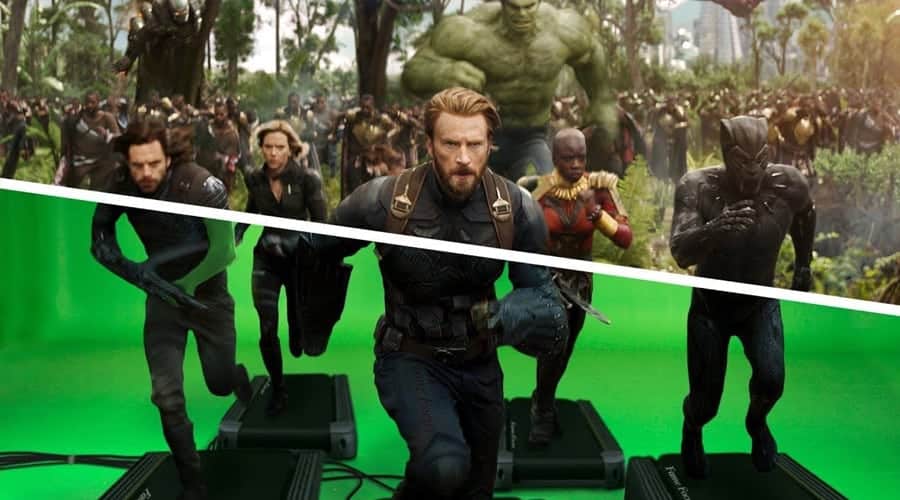
The first film that used CGI was Alfred Hitchcock’s Vertigo (1958). CGI is used in films to create a variety of effects and elements that are difficult or impossible to create with practical effects or live action. For example, it can be used to create realistic-looking creatures, such as dinosaurs in “Jurassic Park”, or entire digital environments, such as the city of New York in “The Avengers”.
CGI is also used to enhance practical effects or live-action footage, such as adding explosions or enhancing the scale of sets and props. In some cases, CGI can even be used to replace actors or parts of their bodies, such as creating a digital double for a dangerous stunt or removing wires and harnesses used in a flying scene.
One of the most common uses of CGI in films is to create visual effects, such as fire, smoke, and water. These effects are created by using complex algorithms that simulate the physical properties of the object or element being created. This allows filmmakers to create realistic-looking effects that would be difficult or impossible to create practically.
CGI is also extensively used in post-production for compositing, colour grading, and editing. It allows filmmakers to manipulate footage and create seamless transitions between shots, resulting in a more polished final product.
CGI in Gaming
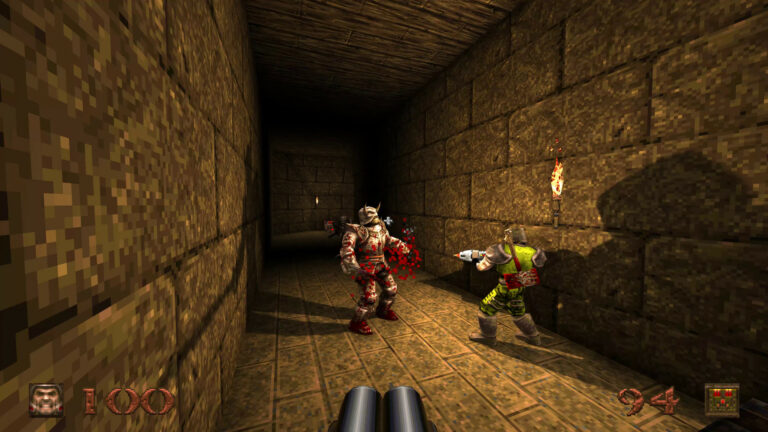
CGI has also had a significant impact on the gaming industry. Video games have become increasingly sophisticated in recent years, and CGI plays a vital role in creating the immersive worlds that gamers love.
One of the most impressive uses of CGI in gaming is the creation of realistic digital characters. From facial expressions to body movements, CGI technology enables game developers to create characters that look and behave like real people.
An excellent example of this is the video game “The Last of Us Part II,” developed by Naughty Dog. The game features incredibly detailed and lifelike characters that were created using motion capture and advanced CGI techniques. The characters’ facial expressions and body movements are so realistic that they convey a range of emotions that enhance the game’s story and gameplay.
CGI is also used in gaming to create stunning environments and visual effects. Games like “Assassin’s Creed Valhalla” and “Cyberpunk 2077” use CGI to create vast and intricate game worlds that are incredibly immersive. CGI can be used to create detailed textures, lighting effects, and atmospheric effects such as smoke, fog, and rain, all of which contribute to the overall experience of the game.
Moreover, CGI has also been used in gaming for cinematic cutscenes that drive the game’s story forward. These cutscenes often feature complex camera movements and animations that would be difficult or impossible to create with live-action footage. Games like “Uncharted 4: A Thief’s End” and “Red Dead Redemption 2” use advanced CGI techniques to create cinematic cutscenes that rival those of Hollywood blockbusters.
CGI in Movies
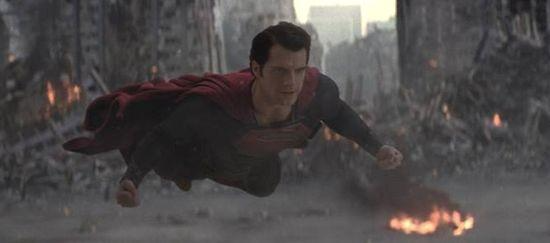
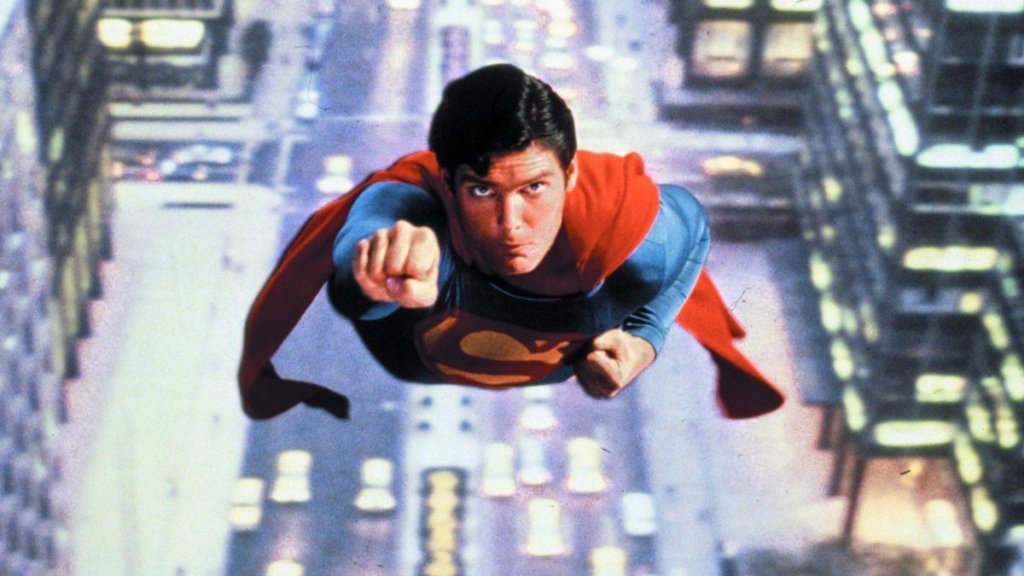
CGI has become an essential tool in modern movie-making, allowing filmmakers to create visually stunning worlds and effects that were once impossible to achieve with practical effects alone. Here are some examples of how CGI has been used in movies:
- Superhero movies – CGI is often used in superhero movies to create larger-than-life characters and action sequences. Films like “The Avengers” and “Spider-Man: Into the Spider-Verse” rely heavily on CGI to create intricate costumes, detailed sets, and epic battles that define the genre.
- Fantasy movies – CGI is also extensively used in fantasy movies, such as “The Lord of the Rings” trilogy and “Harry Potter” series. These films use CGI to create magical creatures, complex environments, and otherworldly effects that transport audiences to different realms.
- Science fiction movies – Science fiction movies have also benefited greatly from CGI, allowing filmmakers to create futuristic worlds and technologies that look and feel realistic. Movies like “Blade Runner 2049” and “The Matrix” series use CGI to create breathtaking cityscapes, advanced robots, and other cutting-edge technologies.
- Disaster movies – CGI is commonly used in disaster movies to create catastrophic events that would be dangerous or impossible to film in real life. Movies like “2012” and “San Andreas” use CGI to create massive earthquakes, tidal waves, and other natural disasters that look and feel terrifyingly real.
- Animation movies – Finally, CGI has revolutionized the animation industry, allowing filmmakers to create stunningly lifelike characters and worlds that rival those of live-action movies. Pixar movies like “Toy Story” and “Up” use advanced CGI techniques to create emotionally engaging characters and immersive environments that captivate audiences of all ages.
Overall, CGI has become an essential tool in modern movie-making, allowing filmmakers to create immersive and visually stunning worlds that transport audiences to new realms of imagination and wonder.
CGI in Television
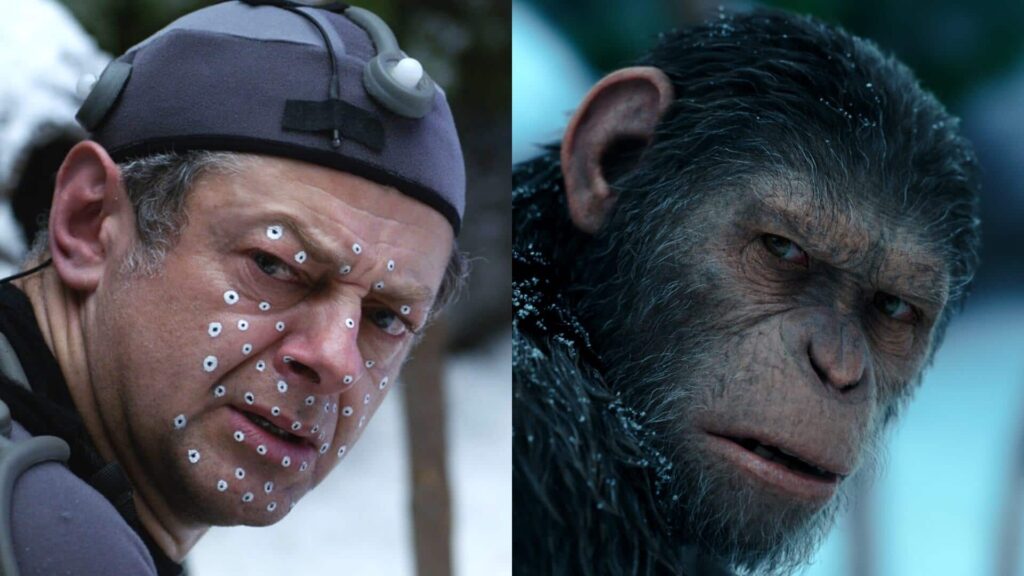
CGI has also had a significant impact on the television industry, allowing filmmakers to create high-quality visual effects that were once reserved for big-budget movies. Here are some examples of how CGI has been used in television:
- Historical dramas – Historical dramas like “Game of Thrones” and “The Crown” use CGI to create sprawling medieval landscapes and grandiose palace interiors that look and feel authentic. This not only adds to the visual spectacle of these shows but also helps to transport audiences to different eras and locations.
- Sports broadcasts – Finally, CGI has become a common tool in sports broadcasting, allowing networks to create detailed visualizations of plays and game scenarios that help to enhance the viewing experience. This includes everything from virtual overlays of the playing field to 3D recreations of key moments in the game.
Overall, CGI has become an important tool in the television industry, allowing filmmakers to create visually stunning shows that captivate audiences and transport them to new worlds of imagination and excitement.
Conclusion
In conclusion, CGI technology has had a profound impact on the entertainment industry, revolutionising the way we tell stories and creating new opportunities for creativity and innovation. While there are certainly challenges and criticisms associated with the use of CGI in film and television, it is clear that technology has opened up new avenues of artistic expression and has transformed the way we experience visual media.
As technology continues to advance, we will likely see even more impressive uses of CGI in the years to come. Whether it is in film, television or gaming, CGI has the potential to create new worlds and bring new stories to life, and we can only imagine what the future holds.
So, the next time you watch a movie or play a video game, take a moment to appreciate the incredible artistry and technology that has gone into creating the stunning visuals and special effects that make these experiences so memorable. And remember, behind every amazing digital creation is a team of talented artists, animators, and technicians working tirelessly to bring it to life.
Q&As
What does CGI stand for and what does it refer to?
CGI stands for Computer Generated Imagery. It refers to the use of computer graphics to create images, animations and special effects.
When was CGI invented?
The origins of CGI can be traced back to the 1950s when computers were first used to create simple graphics.
How is CGI used in the entertainment industry?
CGI is used in films to create a variety of effects and elements that are difficult or impossible to create with practical effects or live action. It can be used to create realistic-looking creatures, such as dinosaurs in “Jurassic Park”, or to create entire digital environments, such as the city of New York in “The Avengers”. CGI is also used to enhance practical effects or live-action footage, such as adding explosions or enhancing the scale of sets and props.
What is the role of CGI in gaming?
CGI plays a vital role in creating the immersive worlds that gamers love. It is used to create realistic digital characters, stunning environments and visual effects. Additionally, it is used for cinematic cutscenes that drive the game’s story forward.
What are some examples of how CGI has been used in movies?
CGI has been used in superhero movies to create larger-than-life characters and action sequences, in fantasy movies to create magical creatures and complex environments, and in science fiction movies to create futuristic worlds and effects that would be impossible to create practically.
How has CGI impacted the entertainment industry?
CGI has revolutionized the entertainment industry, allowing filmmakers and game developers to create immersive and visually stunning worlds that were once impossible to achieve with practical effects alone. It has become an essential tool in modern film production, enabling filmmakers and animators to create almost anything they can imagine. Additionally, it has played a significant role in the gaming industry, creating realistic digital characters and environments that enhance the overall gaming experience.